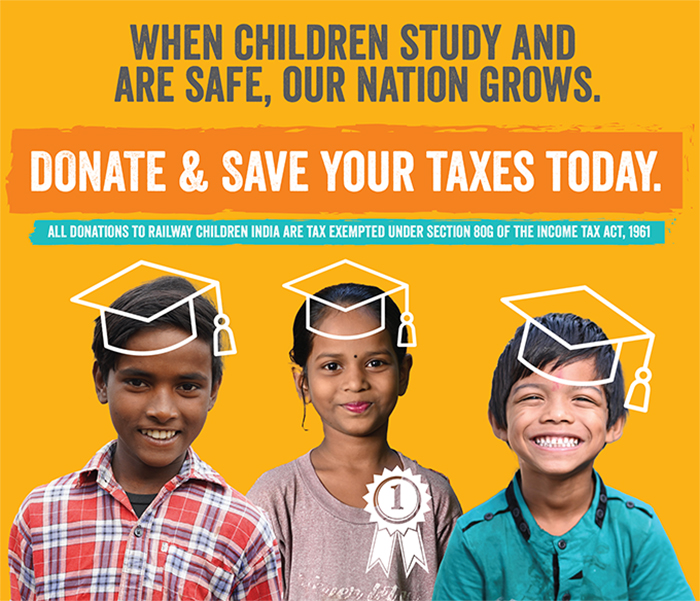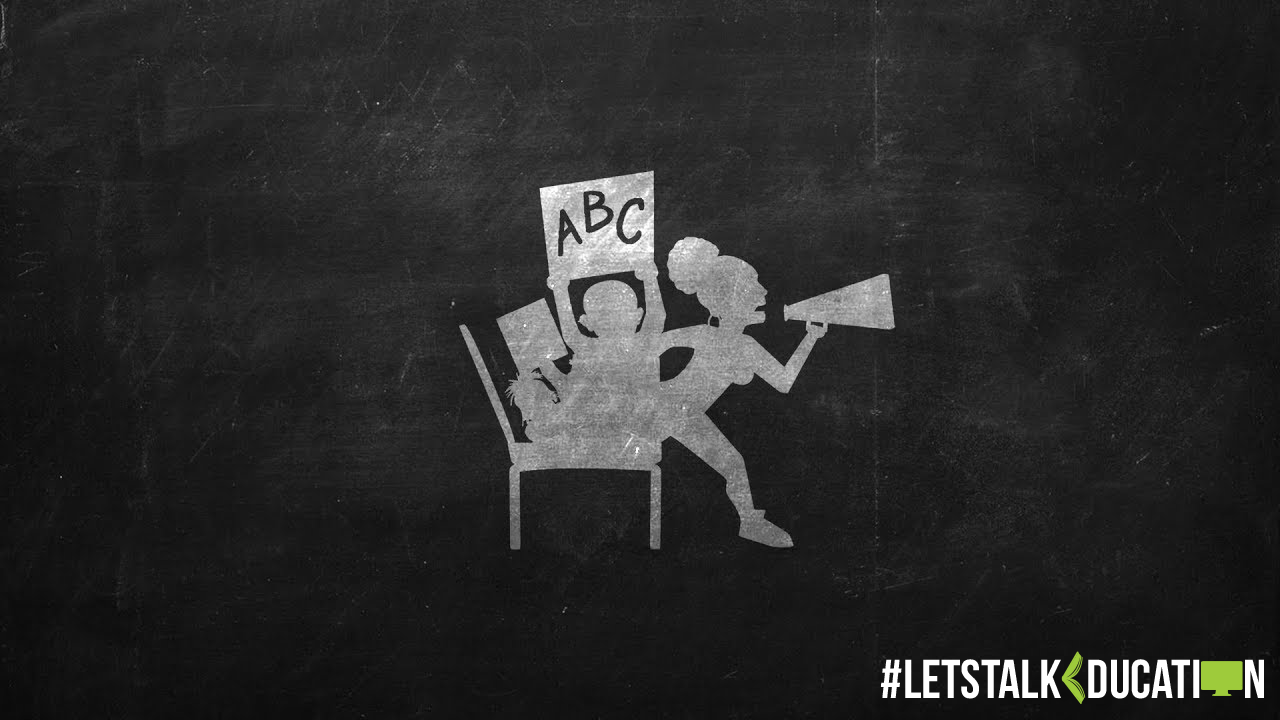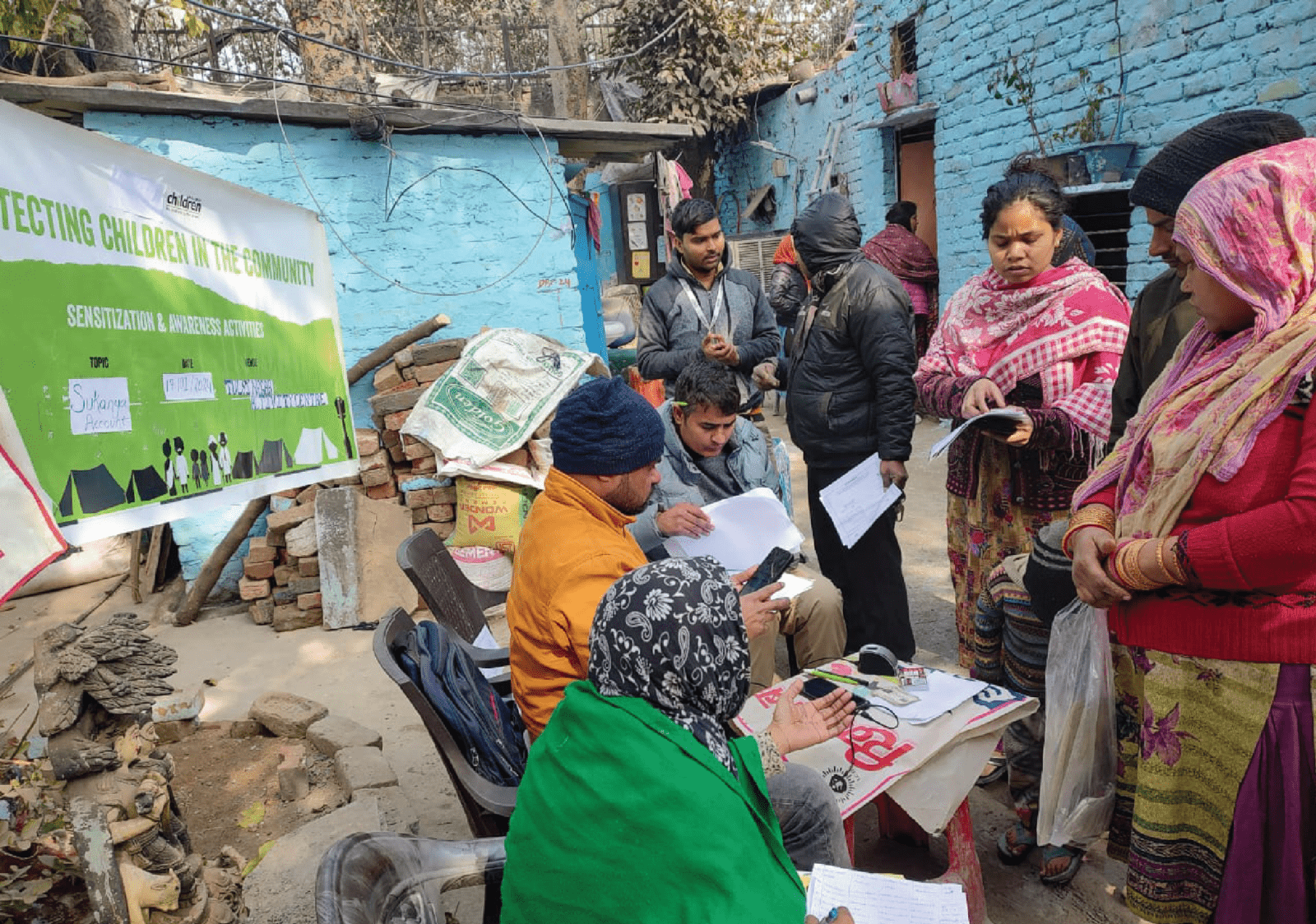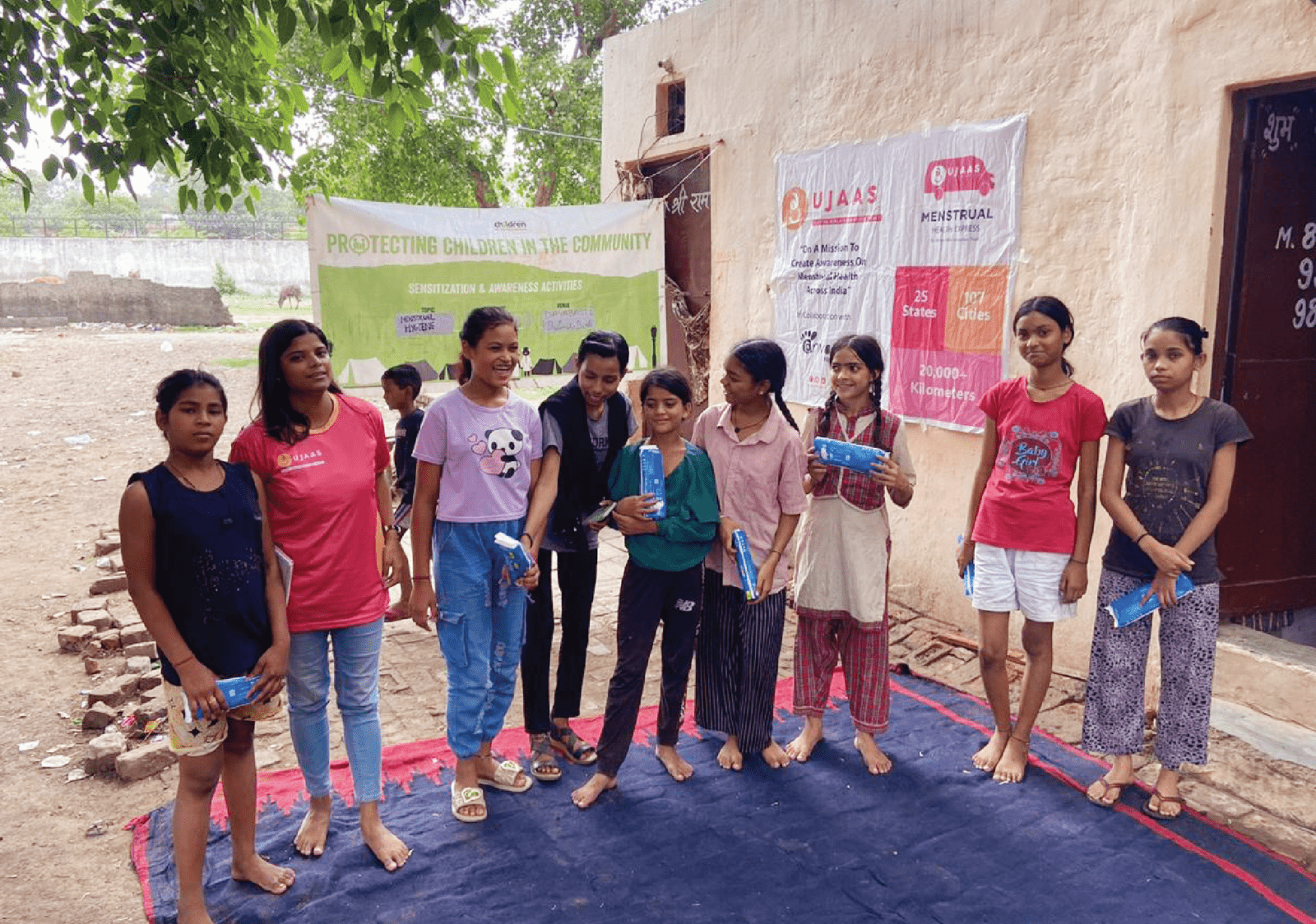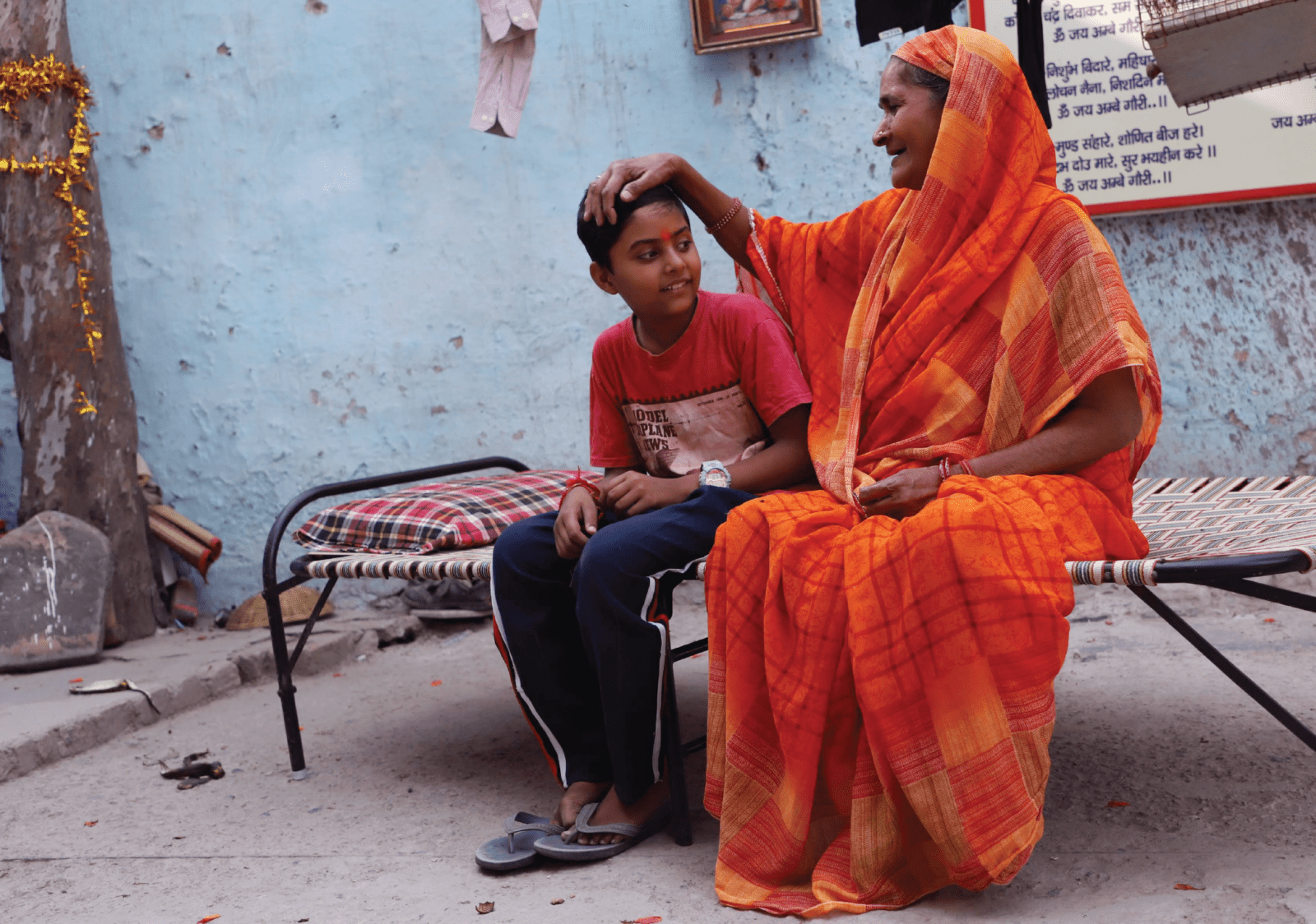Though Thunberg’s brazen comments and Malala’s relentless fight marked a pivotal moment for youth involvement in global issues like climate change, LGBTQ rights, and gun control, young activists across the world have been bucking the norms for years to spark change amongst their peers and for them too, to ensure their most basic right to education is met.
“You’re never too young to change the world,” is an adage that budding activists across the world live by, summoning the courage and taking action for the sake of education for all children.
1.AARTI KANWAR, INDIA
“When I, along with other members of Bal Panchayat, went to convince the people of Banjara Community, they shouted at me and forced to leave. However, we did not give up and continued to pursue the children and parents. Finally, we were able to get these children enrolled in the local government school, Rajkiyakrit Uchcha Prathmik Vidyalaya, Raipura,” Aarti said.
Aarti Kanwar, a 15-year-old girl from Raipura village, is no different than the children of her age. She studies in class 11 at a local government school, spends her free time studying, playing with her friends, and helping her mother around the house.
Raipura is a Bal Mitra Gram (BMG), with the aim to create a child-friendly environment in the villages where children are free from the trap of child marriage, child labour, trafficking and other crimes, and ensure that children have a say in the decision-making the process.The BMG model was implemented in Raipura in 2015, and Arti was the first Sarpanch (head) of the Bal Panchayat (Child Panchayat) of the village when she was in class seven. In less than five years, she managed not only to ensure that every child in her village is enrolled in school and protected from child marriage but also managed to uproot the age-old social evil of casteism, deeply embedded in the society.
The first step towards success for Aarti was ensuring that the children of Banjara community living in her village were enrolled in the school. The children of this nomadic community usually worked as child labourers or reared cattle during the day before they were enrolled in schools. After making her village free of child labour and child marriage, Aarti’s next challenge was to fight against casteism.
2.AMINA YUSUF, NIGERIA
“I speak out for the girls who can’t. I care about girls’ education because I see the plight of many Nigerian girls today, especially those who are not as lucky as I am.” said Amina.
This young girl hailing from Kaduna State, Nigeria is an advocate for girls’ education with Malala Fund. In her hometown, girls suffer as the community does not support the education of girls, and the girls don’t know their rights. Even if they did, they cannot speak for themselves.
As one of five daughters (she also has two brothers) born into an extended peasant family in a compound in Dakace, a village in the northern part of Nigeria, Yusuf only expected a primary school education—and felt lucky to get one. Aid came to her in the form of the Center for Girls’ Education, a collaboration between Ahmadu Bello University’s Population and Reproductive Health Initiative and UC Berkeley’s Bixby Center for Population, Health, and Sustainability. Handpicked by the CGE to be part of its program that helps girls from her region transition from primary school to secondary school and beyond, Yusuf was able to complete high school and college education and wants to work to ensure all girls in her region get educated too. Today, Yusuf teaches girls about reproductive health decision making and making a living—which promotes self-esteem, independence, and more informed choices about marriage and parenthood.
3.NICKAR, LAOS
“How can we ensure that our youth become the human capital of the country? My request to all of you today is to please take action to help us children get a quality education.”
15- year old Nickar is a youth advocate for education and the environment in Laos. She is also a promoter of Lao culture and has worked with UNICEF and her country’s government to promote child participation in decision making processes.
She was a part of consultation organized by UNICEF and the Lao National Commission for the Advancement of Women, Mothers and Children. In the consultation, she searched for challenges, solutions and a vision for Lao children in 2030. With other youth participants, she brainstormed ideas on issues like education, climate change, and youth participation. The consultations included the voice of children from various provinces from across Lao PDR, sharing their own challenges and ideas from their own experiences.
She feels happy that The Education System in her country is growing better. Three biggest changes she needs to happen to ensure that every child has every right in 2030 are: better health, education and services for children. For Nickar, this is just the beginning and she wants to use her voice to help speak up for every child in Lao PDR, and help their voices be heard.
4.KHUSHBOO SHARMA
“My friends in the school go back to their respective villages and raise their voices too. Lack of medical facilities is a major problem in rural areas. I want to become a doctor and help the villagers get free medical facilities,” said Khushboo.
Khushboo Sharma, a 15- year old child activist from Gopalpura in India has also proved to be a change-maker in her Bal Mitra Gram (BMG). In 2015, she became the secretary of Bal Panchayat and managed to get 42 children, from Banjara and other communities, admitted to school. Today, she is proud to say that no child in her village is out of school. Khusbhoo studies in class 12 at a nearby private school where she is spreading awareness against child labour and child marriage as well.
5.ZURIAL ODUWOLE
“Education is more than learning in class,” said Zurial.
At only 16, Nigerian-American Zuriel Oduwole has already met 28 presidents, is the youngest filmmaker in the world, and a passionate activist for educating African girls.
When she was nine, she entered a national competition in the United States on behalf of her school where students were asked to create a documentary on a revolution that happened in history. Upon research she found out that the Ghana revolution was one of the most successful, so she decided on her topic. She went to Ghana to shoot some scenes for her documentary and was there to meet with president Jerry Rawlings because he was the one who started the revolution.
That’s where she saw girls of her age out on streets instead of being in schools. When she was 10 years old, she started her Dream Up, Speak Up, Stand Up Project , an education program that aims to get more girls in the African continent into schools. Her latest projects include grooming in film making in Namibia, Ivory Coast, Nigeria, Ghana, Kenya and Ethiopia.


